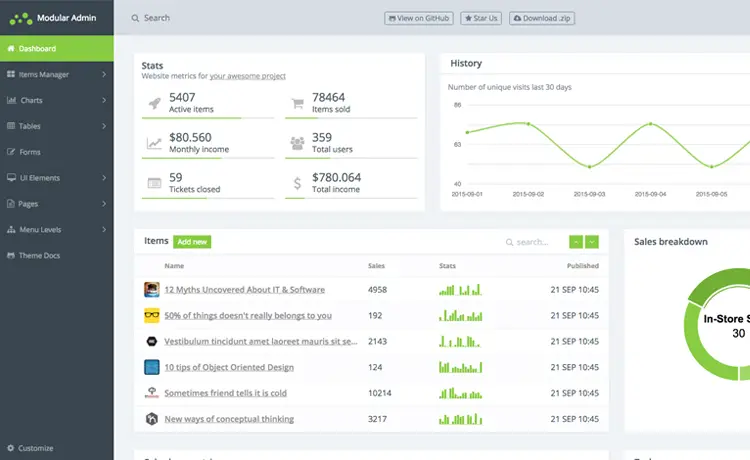How to protect an excel file
By Tan Lee Published on Feb 19, 2024 662
Here are some common methods to protect an Excel file:
1. Password Protection:
Excel allows you to set a password to open the file and/or to modify it. You can set these passwords from the "File" menu by choosing "Info" and then selecting "Protect Workbook" or "Protect Sheet". Make sure to use strong, unique passwords.
2. Workbook Structure Protection:
You can protect the structure of the workbook, preventing users from adding, deleting, hiding, or renaming worksheets. This can be done by right-clicking on a sheet tab, selecting "Protect Sheet", and specifying the options you want to restrict.
3. Worksheet Protection:
Excel allows you to protect individual worksheets within a workbook. You can prevent users from editing cells, formatting, inserting, or deleting rows and columns. This can be done similarly to protecting the workbook structure, by right-clicking on a sheet tab and selecting "Protect Sheet".
4. File Encryption:
You can encrypt the entire Excel file using third-party encryption software or built-in encryption features provided by Excel. Encryption ensures that unauthorized users cannot access the file contents without the encryption key.
5. Digital Signatures:
You can digitally sign an Excel file to confirm its authenticity and integrity. Digital signatures help to verify that the file has not been tampered with or altered since it was signed.
6. Restrict Editing:
Excel also allows you to restrict editing in specific parts of a worksheet. You can designate certain ranges as protected and specify which users or groups are allowed to edit them.
7. Macros Security:
If your Excel file contains macros, be cautious about enabling macros from untrusted sources. You can set macro security levels to prevent potentially harmful macros from running automatically.
8. Regular Backups:
Always maintain regular backups of your Excel files to protect against accidental deletion, corruption, or loss of data. By implementing these measures, you can enhance the security of your Excel files and protect them from unauthorized access, modification, or misuse.
- How to Open and Read Excel Files in VB.NET
- How to Read Excel file in C# using OleDb
- How to Read an Excel File in C#
- How to Export DataTable to Excel without Interop in C#
- How To Open and Read an Excel file into a ListView in C#
- How to Open and Read Excel Files in C#
- How to create excel file in c# using dataset
- How to get excel sheet in C#





